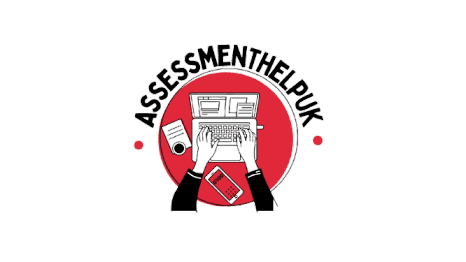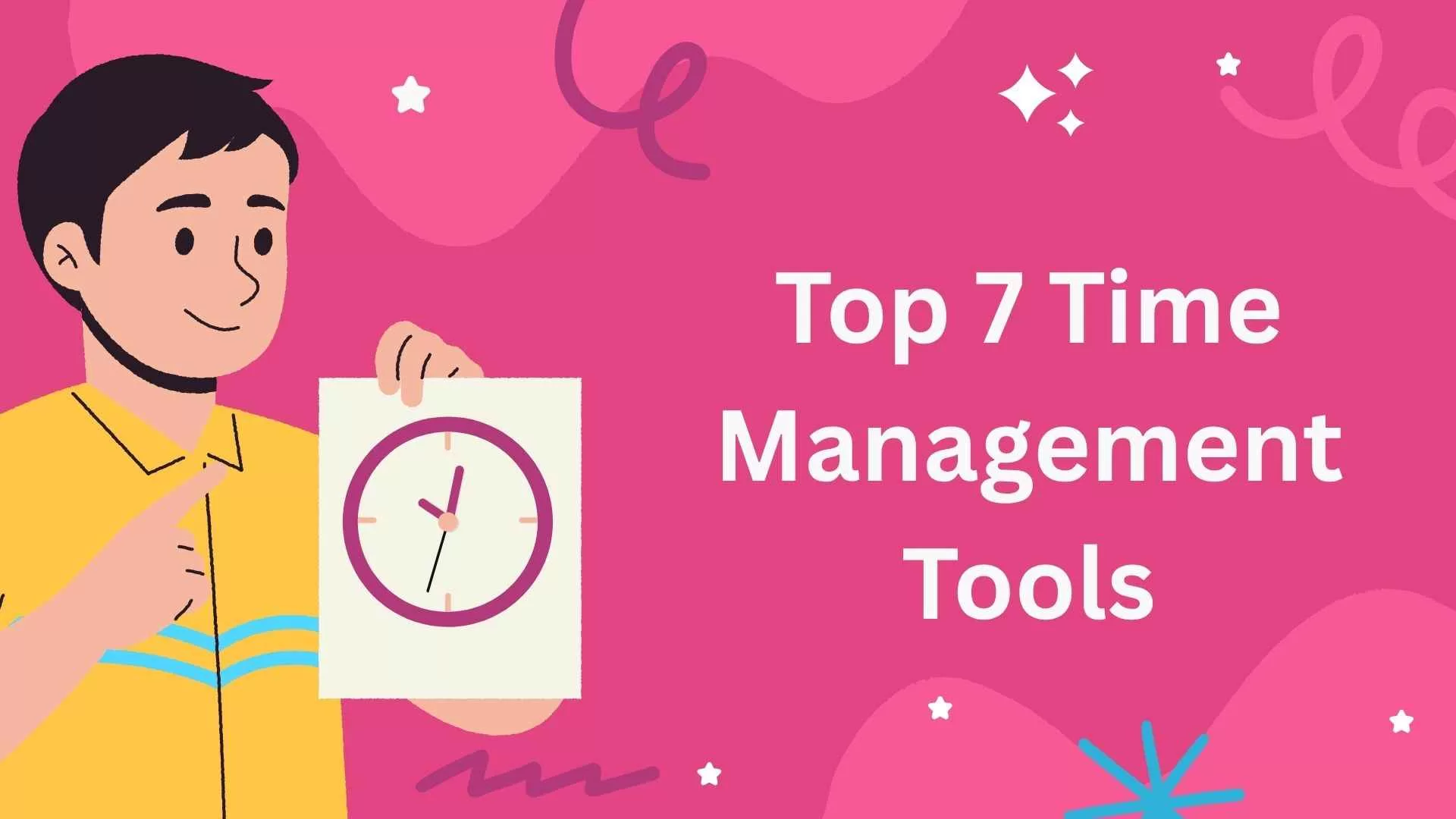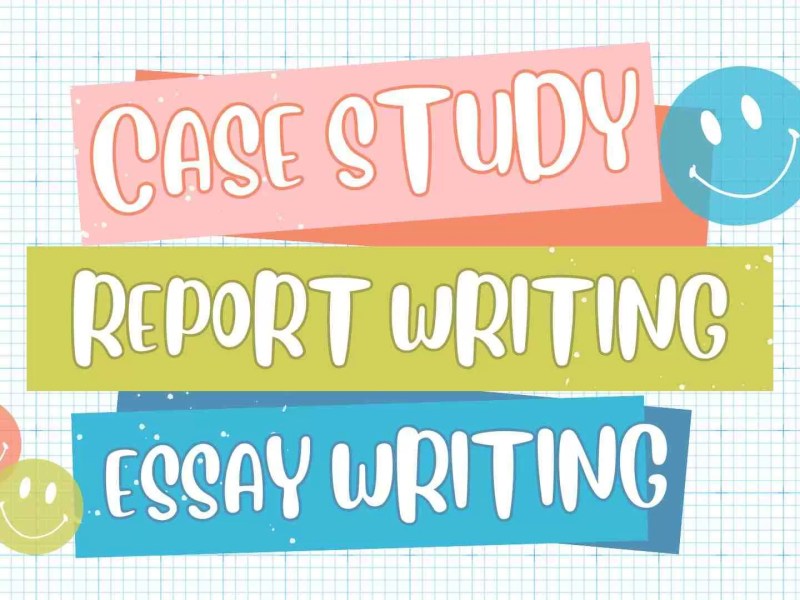The Modern Reality of Overloaded Schedules
Time has always been the same, yet the demands that are placed upon it have rapidly grown.
It has been seen that most individuals now have to deal with more tasks per day than they did almost a decade ago, which is largely due to digital communication, remote collaboration trends, and even blurred boundaries between work, study, and even managing personal life. Most of the students jump between lectures, assignments, part-time work, and social obligations.
Teachers do move between lesson planning, marking, meetings, and administrative needs. Professionals surf through emails, deadlines, messages, and ongoing projects. It’s not even surprising that so many people feel like the day is always ahead of them.
The real part to struggle with is not just being “busy.” The real challenge is to maintain clarity while surfing through the constant demand.
Where Time Slips Away Without Us Realising
The main cause here is rarely ever a lack of effort or motivation. Most of the people are giving their best; the problem is in how work gets fragmented. Five minutes checking an email turns into twenty. A small task interrupts a focused session. A deadline gets buried under very new responsibilities. Bit by bit, the day becomes much more reactive than intentional.
When Everything Feels Urgent, Nothing Is Truly Prioritised
Without having a proper framework, tasks compete for attention, and the brain switches context repeatedly, which is one of the biggest drains on mental health and energy. You will see yourself exhausted at the end of the day, yet unsure what was actually completed.
How Time Management Tools Bring Back Clarity
Time management tools simply exist because our minds aren’t made to remember everything, organise and set everything, and even prioritise everything all at once. A tool externalises the workload. Once tasks are properly arranged outside the mind, the internal pressure begins to lift. Instead of juggling with reminders, you are responding to the system that actually supports you.
This is way too powerful in education and in collaborative settings. When expectations, tasks, and timelines are clearly visible, misunderstandings reduce. Work becomes much easier to track. Stress lowers because the cognitive load is shared equally with a clear structure rather than being kept in memory.
Tools Should Support You, Not Control You
Always remember, the right tool won’t ever restrict you; it gives you enough room to think. It doesn’t speed you up, it helps you move with a sole purpose, something that drives out.
Tool #1: Trello, Visual Planning Made Simple
Trello works on a board-and-card system that mirrors real workflow stages. Instead of writing lists on paper or keeping them stored in your head, Trello provides you with a visual space where tasks can be easily stored, moved, and reorganised. This active and visual nature makes it highly useful for people who get lost in their progress because they can’t see it.
How Trello Helps Organise Your Workflow
Each of the boards represents a project or category, for instance, Assignments, Lesson Planning, or even Work Projects. Cards do hold details such as deadlines, checklists, attachments, and comments. When you drag a card from To-Do In Progress or Completed, you’re not only updating the system, you’re reinforcing the progress psychologically. That pure sense of movement can be motivating on demanding projects.
Trello supports collaboration. A team can easily share a board, assign tasks, add feedback, and even view updates in real time. Reducing the overall unnecessary messaging that keeps communication organised rather than scattered all across emails and chats.
Who Trello Is Best Suited For
Trello works truly best for:
- Students tracking multiple modules or group assignments
- Teachers planning lessons week-to-week
- Teams handling projects that require shared visibility
Tool #2: Todoist, Priority and Focus at the Forefront
If Trello is about having a visual experience, Todoist primarily focuses on structured daily balance. It transforms the traditional to-do list into a dynamic, organised planner. In Todoist, tasks can be easily scheduled, prioritised, categorised into different sections, and spread across time, preventing every common trap of trying to complete everything in one day.
Why Todoist Improves Daily Balance
Todoist encourages you to think realistically. Rather than creating an overburdening list, it lets you assign deadlines and reminders that make your workflow manageable. Tasks can be easily grouped under certain labels such as work, study, or personal. Sorted out by urgency so that your energy is used where it matters the most? This reduces decision fatigue, the mental effort of deciding what to do next, which is one of the biggest hidden spots on productivity.
Who Benefits Most from Todoist
Todoist is especially suited to:
- People who thrive with structured routines
- Those who like clear daily task lists
- Anyone overwhelmed by clutter, disorganisation, or constantly shifting plans.
Tool #3: Google Calendar, Turning Plans Into Real-Time Commitments
While Todoist helps you to keep track of tasks, Google Calendar makes sure that those tasks actually happen. It fills the gap between what needs to be truly completed when it gets done. Instead of keeping your tasks floating here and there on a list, Google Calendar keeps each task inside a concise time block, helping you to see your day as a structured timeline.
This helps prevent the common issues of overestimating how much can fit into a single day. Once a time slot is already occupied, you then naturally adjust, making your plans more realistic and manageable.
Why Google Calendar Strengthens Routine
Google Calendar makes awareness of your time; it allows you to schedule your work around your life, not the other way. By managing tasks in actual hours, you’re less likely to stack too much in a short period of time. Creating a steady and sustainable rhythm throughout your day. Time becomes something that you manage, not something that keeps you managing.
Who Benefits Most from Google Calendar
Google Calendar is best suited for:
- Students balancing multiple classes and assignments
- Professionals juggling meetings, deep work, and personal life
- Anyone who prefers clear visual structure over long task lists
Tool #4: Notion, Your All-In-One Organisational Base
Notion is the place where information meets structure. Instead of keeping notes in one place, tasks in another, and resources scattered all over, Notion pulls everything into a single all-in-one workspace. You can easily create pages for projects, daily planning boards, study notes, or even have personal journals that are all connected and arranged neatly.
Where some tools help you to manage your tasks easily, Notion takes the stress off your mind. Reducing clutter by centralising everything you need to remember, reference, or return to. This makes it truly powerful for people who prefer their workflow to feel more connected than distributed across multiple apps.
How Notion Brings Clarity
Notion works perfectly because it adapts to how you think. You can lay out plans using visual charts, tables, boards, or even lists, whichever matches your style perfectly. Your ideas, deadlines, and resources are planned together so that there’s no jumping between multiple platforms in order to complete one task.
Who Benefits Most from Notion
Notion is particularly effective for:
- Students managing multiple subjects and research notes
- Professionals handling complex projects with layered tasks
- Anyone who wants one place for everything instead of five different apps
Tool #5: Microsoft To Do, Simple, Calm, and Straightforward
Microsoft To Do takes a more dynamic approach to time management. Rather than offering modern layouts or intricate structures, it strongly emphasises having a subtle yet clean daily organisation. Tasks are much easier to add, categorise, and schedule, which makes the tool much lighter and stress-free. It’s best for people who want a task manager that stays out of the way, something that only supports their day without taking over it. There’s no bold dashboard that throws everything on your face, no extra features, just your tasks that are laid out clearly.
Why Microsoft To Do Reduces Mental Overload
Its simplicity helps reduce decision-making; you only see and deal with what needs to be done today, what can be put on the waiting list, and what deserves priority, without going through unnecessary features.
Who Benefits Most from Microsoft To Do
This tool is great for:
- Beginners who don’t want complex productivity systems
- Students and teachers who just need clear task lists
- Anyone who prefers straightforward planning with no extra layers
Tool #6: Forest, Staying Focused Without Forcing It
Forest is made specifically for the moments, whenever focus feels difficult. Instead of being dependent on willpower all the time, it allows concentration through a basic grounding method. You plant a tree, and it grows while you stay off your phone. Once the focus is broken, the tree withers. This small visual representation creates a strong sense of presence. Turning concentration into something that you can see is a subtle reminder that staying focused is more of an active choice.
How Forest Supports Deep Work
Forest allows you to work in calm and subtle intervals. Instead of forcing productivity, it allows you to ease into it. The act of “planting a tree” builds a natural rhythm of staying engaged, one strong, focused session at a time.
Who Benefits Most from the Forest
Forest is especially useful for:
- Students studying for long periods
- Professionals who struggle with phone distractions
- Anyone who wants to rebuild their attention span gradually
Tool #7: RescueTime, Understanding Where Your Time Actually Goes
At times, productivity issues aren’t just about planning; they’re about spreading awareness. RescueTime tracks how your time is spent across apps, websites, and digital activity. It gives you clear reports that highlight patterns, distractions, and the genuine areas of focused work.
No guesswork, instead, you get a realistic picture of your day, which makes improvement more direct and intentional.
How RescueTime Builds Accountability
Seeing your time clearly laid out helps and encourages healthier work habits. It becomes much easier to reduce distractions, adjust routines, and plan out days that are based on real behaviours, not just on random assumptions.
Who Benefits Most from RescueTime
RescueTime is ideal for:
- People who feel “busy” but are unsure where hours disappear
- Students are balancing academic work with online time.
- Remote workers managing long, unstructured workdays
Building a Routine That Actually Sticks
Having the right Time Management Tools is just one part of the process; the other part, which is the hardest one, is using them consistently. Most of the people set up systems that look organised and promising, but the momentum goes away after a week or two. The goal here isn’t just to do everything perfectly, but to make a routine that feels more natural enough to continue even on the toughest days.
The key is to make your system supportive, not demanding. If it feels heavy, complicated, or overly structured, it will be abandoned. If it feels realistic and aligned with your actual day, it will stay with you.
Start with What You Can Maintain
The biggest mistake is trying to use every feature right away. The simplest approach is usually the most reliable one:
- Use Trello only for clear visual planning
- Use Todoist only to track daily priorities.
- Use Google Calendar only to protect time blocks
Keep Systems Light and Flexible
One of the common reasons that time management breaks down is over-commitment. If you demand more time to maintain than it saves, it isn’t helping. The role of such tools is to reduce mental workload, not to add to it.
Ask yourself some questions, such as:
- Is this helping me think less, not more?
- Does this setup match my real energy levels and responsibilities?
Adjust Rather Than Restart
When your routines slip, it’s natural to want to simply “start over” as if it doesn’t count unless it is perfect. However, the best habit builders never start over; they just adjust. If you haven’t opened Trello in a week, just reopen the same board you had started instead of starting from scratch. If Todoist is overwhelming, clear the overdue tasks and just start afresh from today, rather than trying to play catch-up.
If your Google Calendar looks a little messy, just reset it for the next few days to get back on track instead of redoing the entire month. Consistency comes from not having to start over, but rather from a soft return to what was already working for you. If you’re interested in more of the realities of why routines sometimes fall apart, and realistic ways to address them without stressing about starting over again, you might find this helpful: 10 Time Management Mistakes .
The Gentle Comeback
The main goal here isn’t to build a flawless routine; it’s to make one that you can return to. Life will always have some obstacles, schedules will shift, motivation will dip, and that’s completely normal. What truly matters here is your ability to come back without any guilt or to make any grand declarations of “getting started.” Simply open the app, clear the slate, and take the small baby steps; progress is subtle yet progressive in such cases, not the dramatic ones.
FAQs
What if I stop liking a tool?
Change the workflow, not the commitment. Sometimes a tool needs to change with you.
How do I know if a system is working?
If it is lightening the mental load versus adding to it, then it is working.
Is it ok to manage different areas of your life in different apps?
Yes, your brain is not one room, and your tools don’t have to be either.
What is the best way to not feel like I am behind in my routines?
Only review the next step, not the whole mountain.
How long does it take to feel stable with new habits?
Stability shows up when a habit feels familiar, rather than when it looks perfect.



